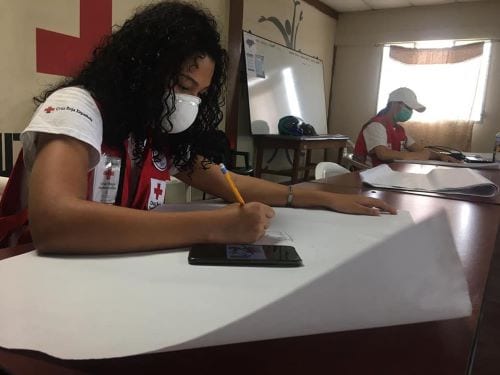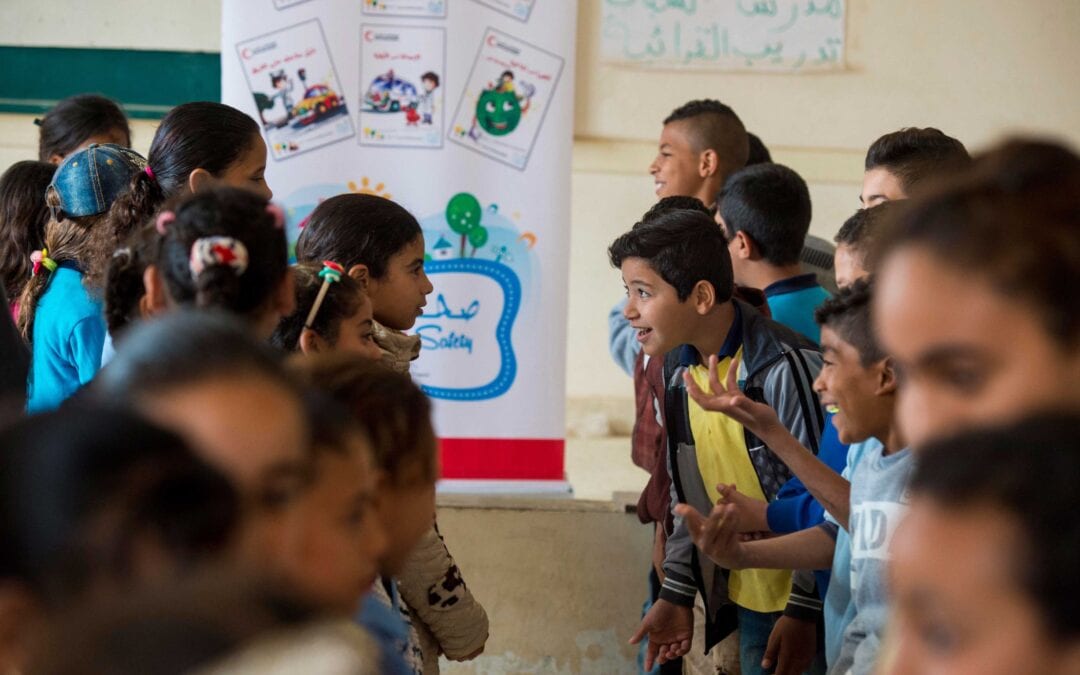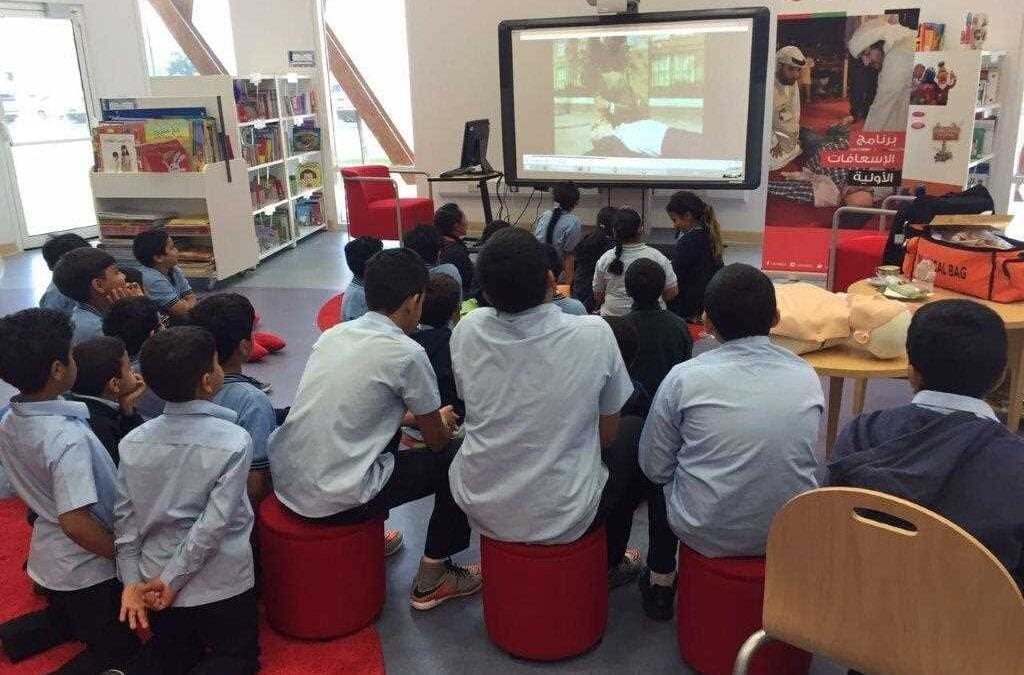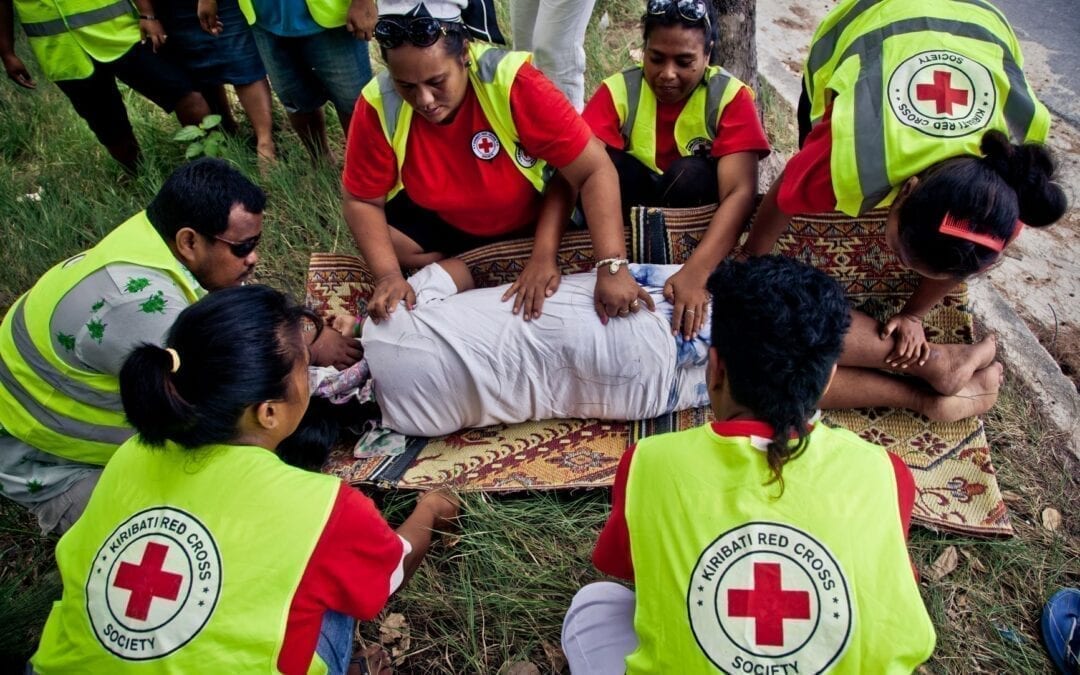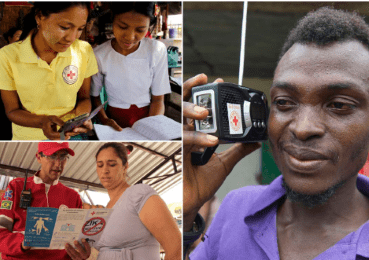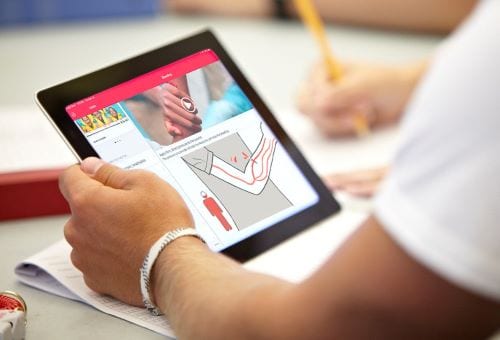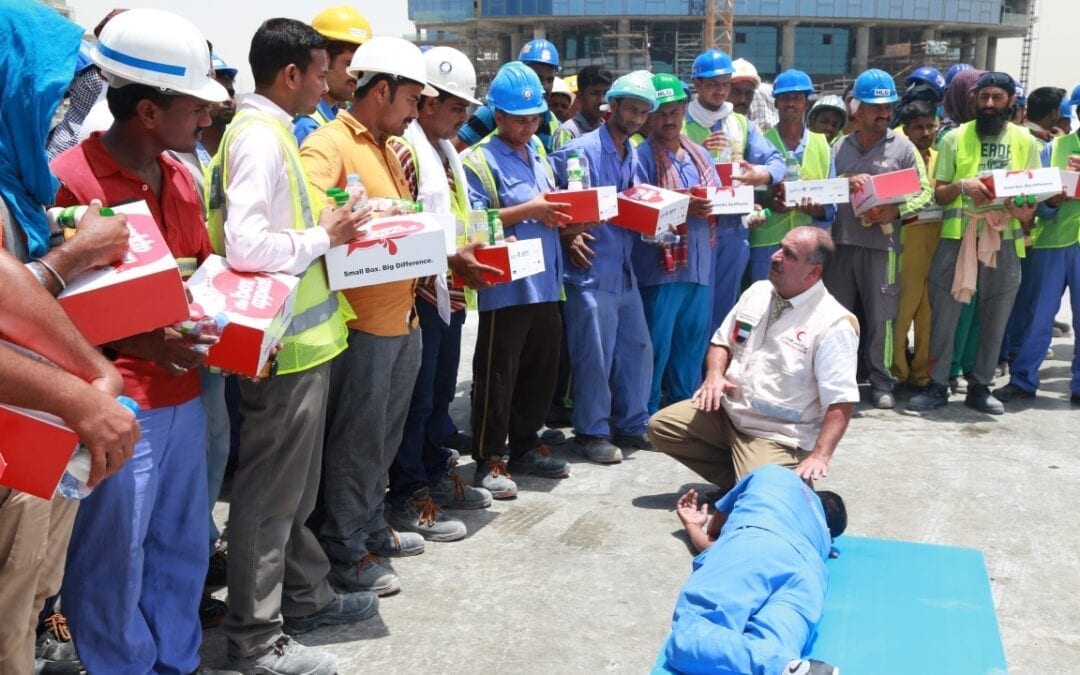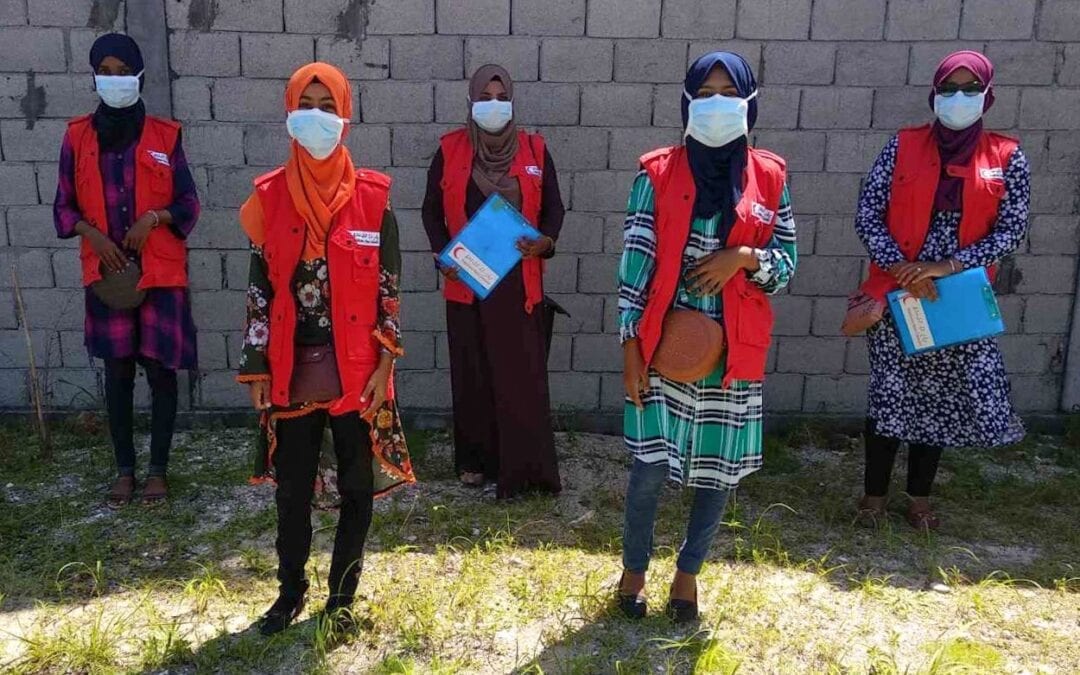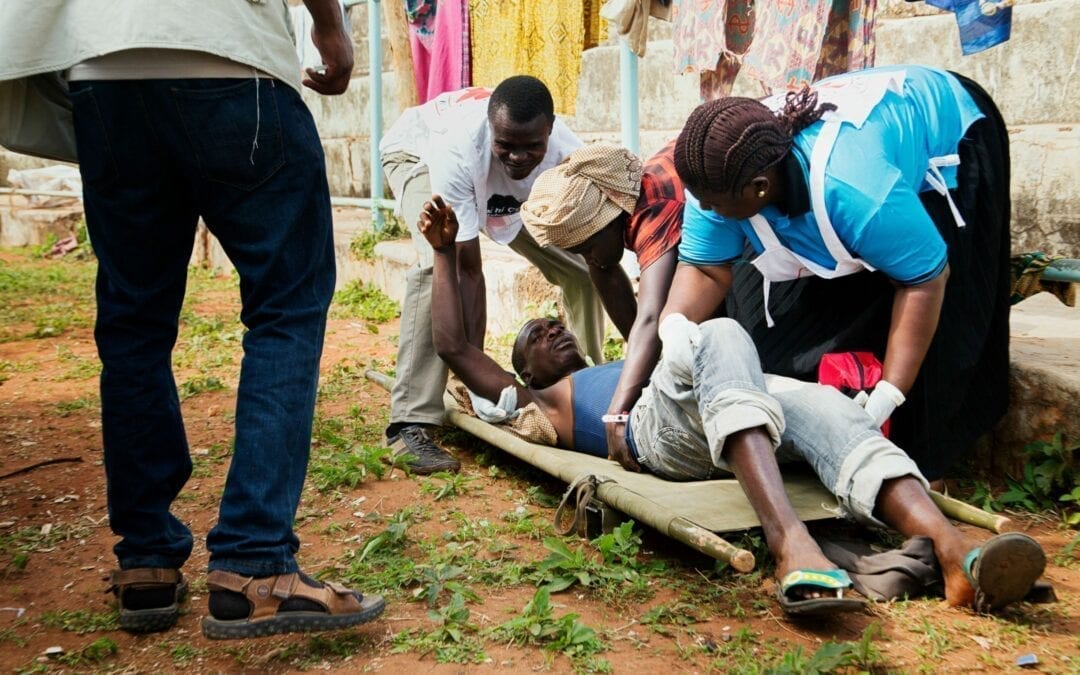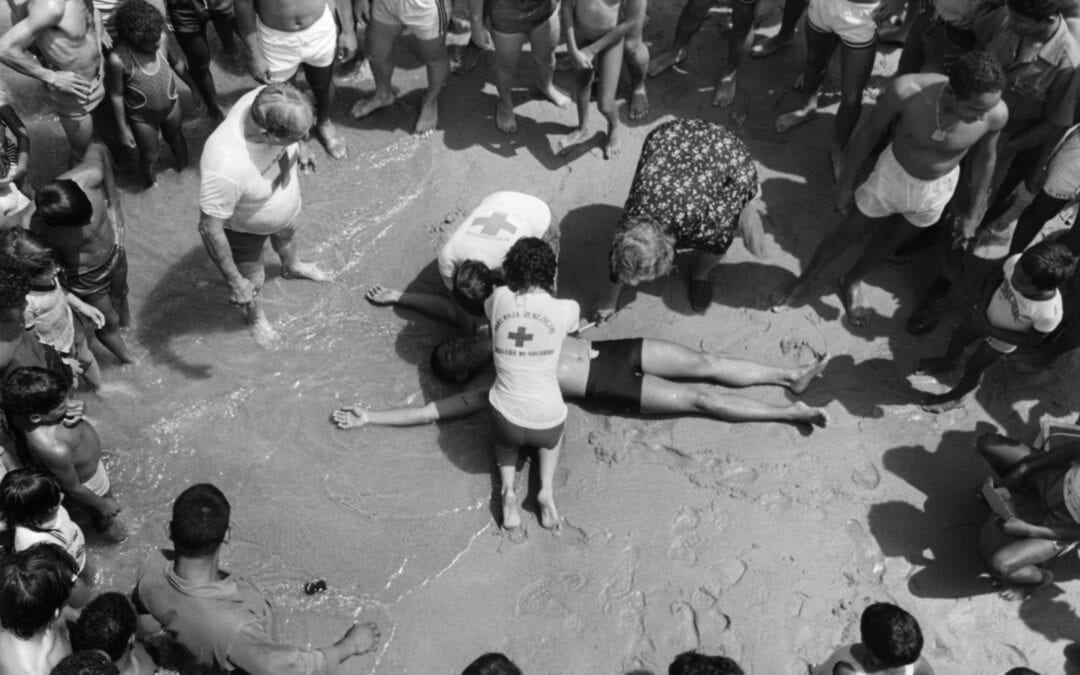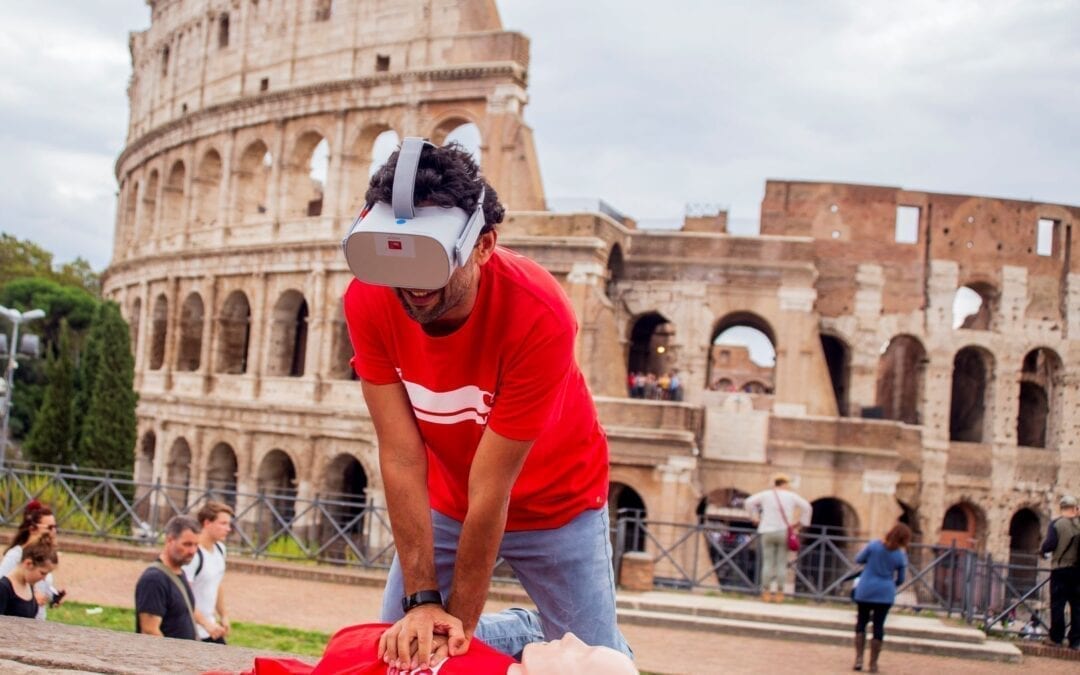Refresh and retrainProvide opportunities for learners to maintain their knowledge and skills after completing an initial first aid education session. Save this page as a PDF “Refresh” refers to strengthening or reminding learners of first aid knowledge and skills, while...
Feedback devicesUse automated feedback devices to teach first aid skills, such as CPR. Save this page as a PDF Feedback devices are tools that provide feedback to the learner through auditory, visual, or physical cues. For example, there are devices that give feedback on the depth and rate of...
First aid education for childrenEncourage children to develop their first aid knowledge and skills and become lifelong learners. Save this page as a PDF First aid education refers to developing first aid knowledge and skills in children. This topic explores how to develop first aid...
Video learningProvide learners with skill demonstration and skill application videos for learning to support facilitator-led activities. Save this page as a PDF Video learning consists of individuals watching a video to learn about a specific topic. This method is an easy way to address diverse...
Peer learningUse peer learning to add extra value to education as learners support each other and provide different perspectives. Save this page as a PDF Peer learning is a term that has many interpretations and includes a wide variety of learning approaches. It has no universally agreed...
Media learningUse media to raise awareness, change attitudes and beliefs, and motivate people to learn or recall basic first aid knowledge and skills. Save this page as a PDF We have defined media as using communication outlets (such as television, radio, newspapers, magazines, posters and...
Online learning for adultsUse online learning to develop learners’ first aid knowledge. Save this page as a PDF Online learning refers to self-directed or facilitator-led interactive learning tools accessed on digital devices, such as tablets, phones or computers. Approaches...
Workplace contextPosition first aid education for the workplace as central to health and safety needs and requirements. Save this page as a PDF The workplace context is considerably varied. It ranges from multi-site organisations engaged in high-risk operations that are responsible for large...
Pandemic contextProtect learners and facilitators through protective practices (e.g., wearing personal protective equipment, spacing, hand washing) while providing first aid education during a pandemic. Save this page as a PDF During a pandemic or other health crisis, the disease is...
Remote contextDifferentiate the first aid education delivered to communities living in remote locations and to those individuals who are visiting. Save this page as a PDF Examples of remote contexts include wilderness environments, isolated communities or rural areas with limited resources....
Water contextDevelop a culturally inclusive programme with key water safety messages that address local risk factors. Save this page as a PDF Rivers, lakes, pools, seas and oceans provide people with their livelihoods, places of leisure, and vital resources for daily life. However, drowning is the...
Blended learningUse blended learning to increase the flexibility of first aid learning. Save this page as a PDF Blended learning is a formal educational method in which a person learns in part: through self-guided or independent learning where they have some control over time, place, path and...

